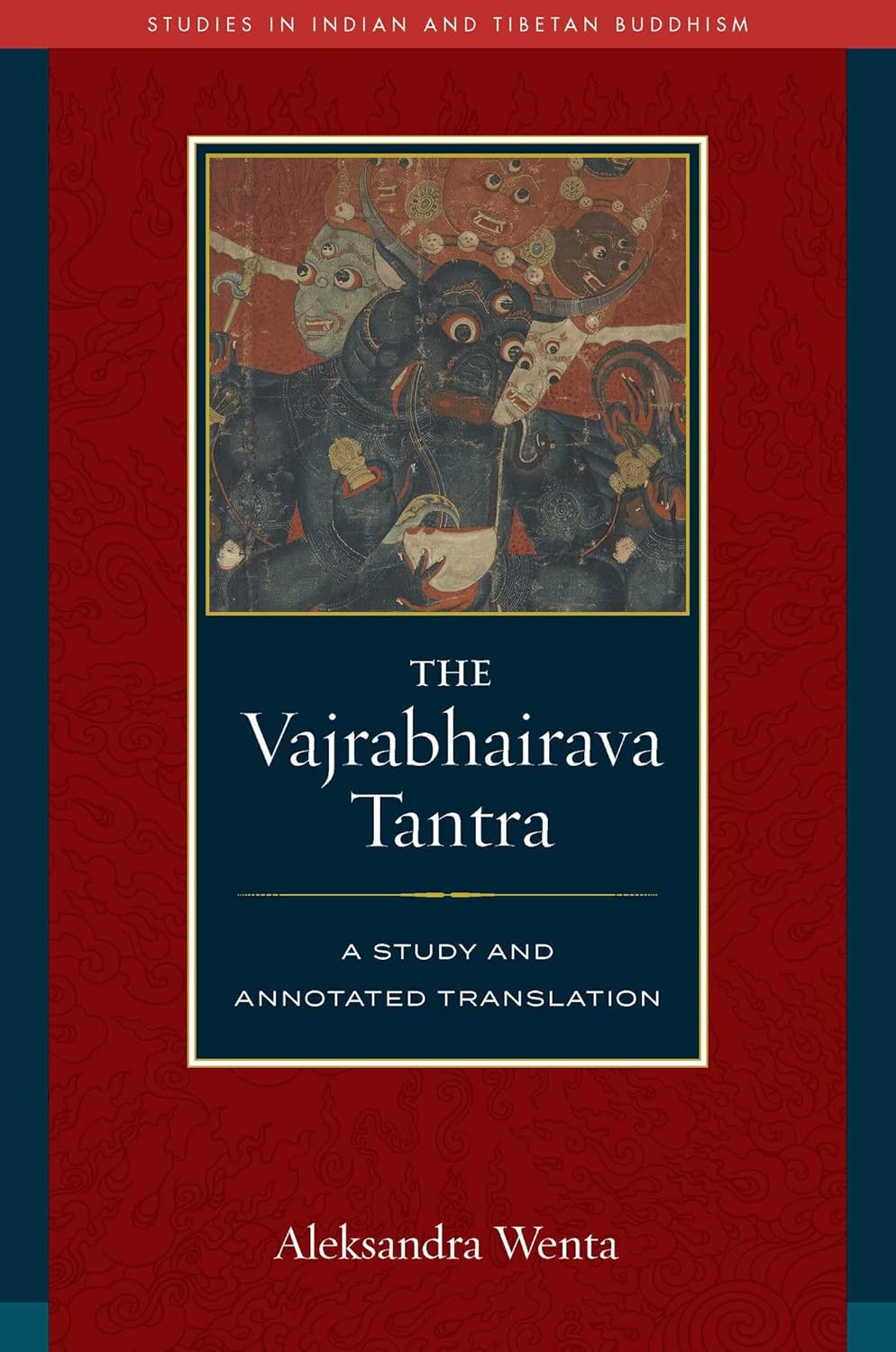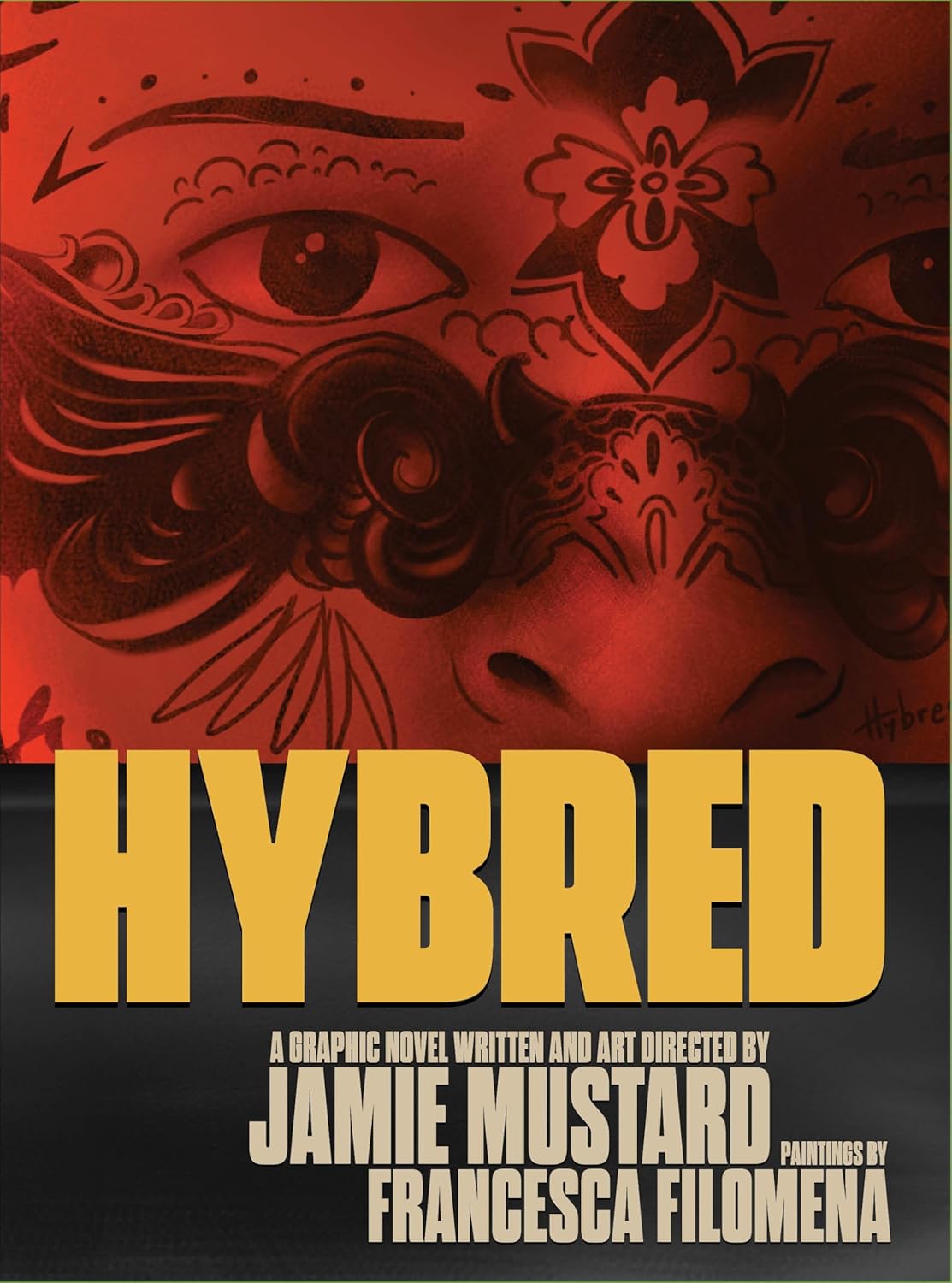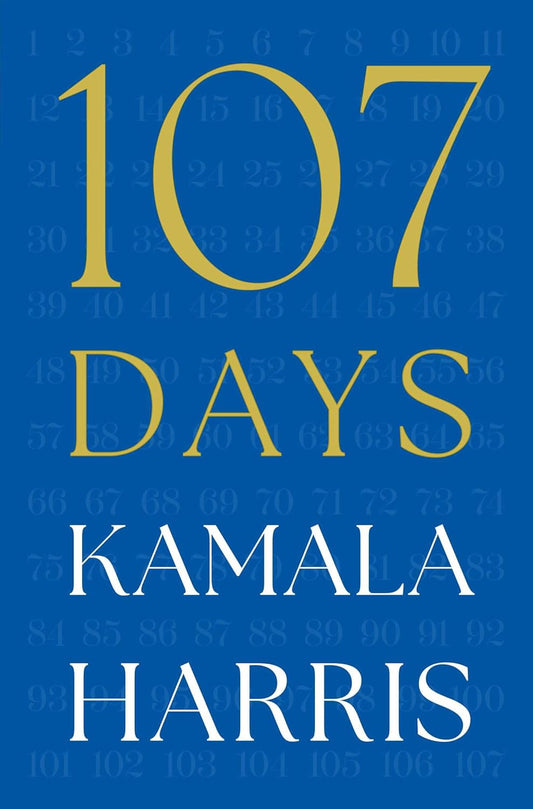1
/
of
1
Vajrabhairava Tantra: A Study and Annotated Translation
Vajrabhairava Tantra: A Study and Annotated Translation
No reviews
Regular price
$60.95 USD
Regular price
$79.95 USD
Sale price
$60.95 USD
Unit price
/
per
Shipping calculated at checkout.
27 in stock
Couldn't load pickup availability
A groundbreaking work on the little-studied Indian origins of an influential tantric Buddhist practice along with a fresh English translation.
The deity Vajrabhairava, or Yamantaka, is well known as the central figure of tantric practice in multiple lineages of Tibetan Buddhism and is also found in Chinese and Japanese Buddhism. Less is known about its foundational Indian context. The Vajrabhairava Tantra, dedicated to the Buffalo-headed deity Vajrabhairava, arose around the eighth century and had a considerable impact on the formation of religious praxis in the medieval Indian Buddhist world. This book contains a translation of the Vajrabhairava Tantra from the recently discovered Sanskrit text and a comprehensive study of its elements, of its origins and Indian commentators, and of the history of its transmission to Tibet. The annotation to the translation excerpts all six Indian commentaries on the tantra found in the Tibetan canon.
One highly innovative contribution this work makes to the fields of tantric Buddhist studies and, more generally, to South Asian religions is the way it breaks down traditional disciplinary boundaries between tantra and magic. It shows that the genesis of tantric traditions cannot be reduced to a one-way influence of Hindu Shaivism on Buddhism or vice versa, but indicates a widespread “culture of magic,” a common “ritual syntax,” that crossed sectarian, linguistic, and socio-cultural boundaries, one that came to be significantly diminished in later Shaiva and Buddhist tantras.
The study comprises the first half of the book, and the second half is the translation, which explains the construction of the mandala, the magical applications of the practice, the extraction of the mantra, the visualization, and the preparation of the pata painting and the homa fire ritual. A dozen color plates illustrate Vajrabhairava in his Solitary Hero and other forms along with mandalas of five different lineages, keys for which are provided in the appendix.
Not only is the English translation of the Vajrabhairava Tantra the first to be based on a Sanskrit manuscript, but also the comprehensive study of all six canonical commentaries is the first to investigate the key commentaries by Akshobhya and Krishnacharya.
The deity Vajrabhairava, or Yamantaka, is well known as the central figure of tantric practice in multiple lineages of Tibetan Buddhism and is also found in Chinese and Japanese Buddhism. Less is known about its foundational Indian context. The Vajrabhairava Tantra, dedicated to the Buffalo-headed deity Vajrabhairava, arose around the eighth century and had a considerable impact on the formation of religious praxis in the medieval Indian Buddhist world. This book contains a translation of the Vajrabhairava Tantra from the recently discovered Sanskrit text and a comprehensive study of its elements, of its origins and Indian commentators, and of the history of its transmission to Tibet. The annotation to the translation excerpts all six Indian commentaries on the tantra found in the Tibetan canon.
One highly innovative contribution this work makes to the fields of tantric Buddhist studies and, more generally, to South Asian religions is the way it breaks down traditional disciplinary boundaries between tantra and magic. It shows that the genesis of tantric traditions cannot be reduced to a one-way influence of Hindu Shaivism on Buddhism or vice versa, but indicates a widespread “culture of magic,” a common “ritual syntax,” that crossed sectarian, linguistic, and socio-cultural boundaries, one that came to be significantly diminished in later Shaiva and Buddhist tantras.
The study comprises the first half of the book, and the second half is the translation, which explains the construction of the mandala, the magical applications of the practice, the extraction of the mantra, the visualization, and the preparation of the pata painting and the homa fire ritual. A dozen color plates illustrate Vajrabhairava in his Solitary Hero and other forms along with mandalas of five different lineages, keys for which are provided in the appendix.
Not only is the English translation of the Vajrabhairava Tantra the first to be based on a Sanskrit manuscript, but also the comprehensive study of all six canonical commentaries is the first to investigate the key commentaries by Akshobhya and Krishnacharya.
Share

Our Best sellers
-
All the Way to the River: Love, Loss, and Liberation
Vendor:Riverhead BooksRegular price $23.95 USDRegular priceUnit price / per$45,909.00 USDSale price $23.95 USDSale -
Right Wing Revolution: How to Beat the Woke and Save the West
Vendor:Winning Team PublishingRegular price $27.95 USDRegular priceUnit price / per$29.99 USDSale price $27.95 USDSold out -
The Housemaid Is Watching
Vendor:Poisoned Pen PressRegular price $13.95 USDRegular priceUnit price / per$17.99 USDSale price $13.95 USDSale -
 Sale
SaleHousemaid's Secret
Vendor:MobiusRegular price $10.95 USDRegular priceUnit price / per$12.99 USDSale price $10.95 USDSale








